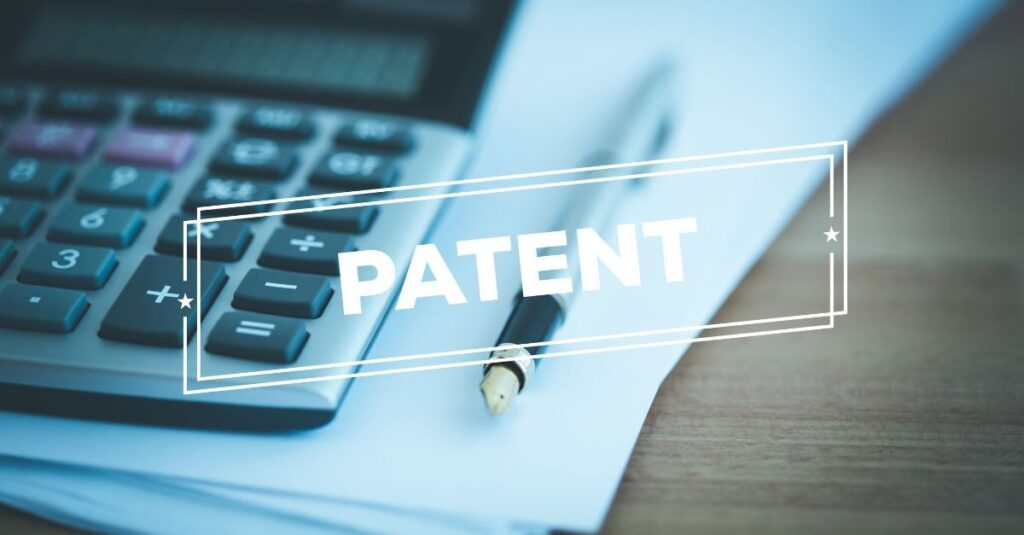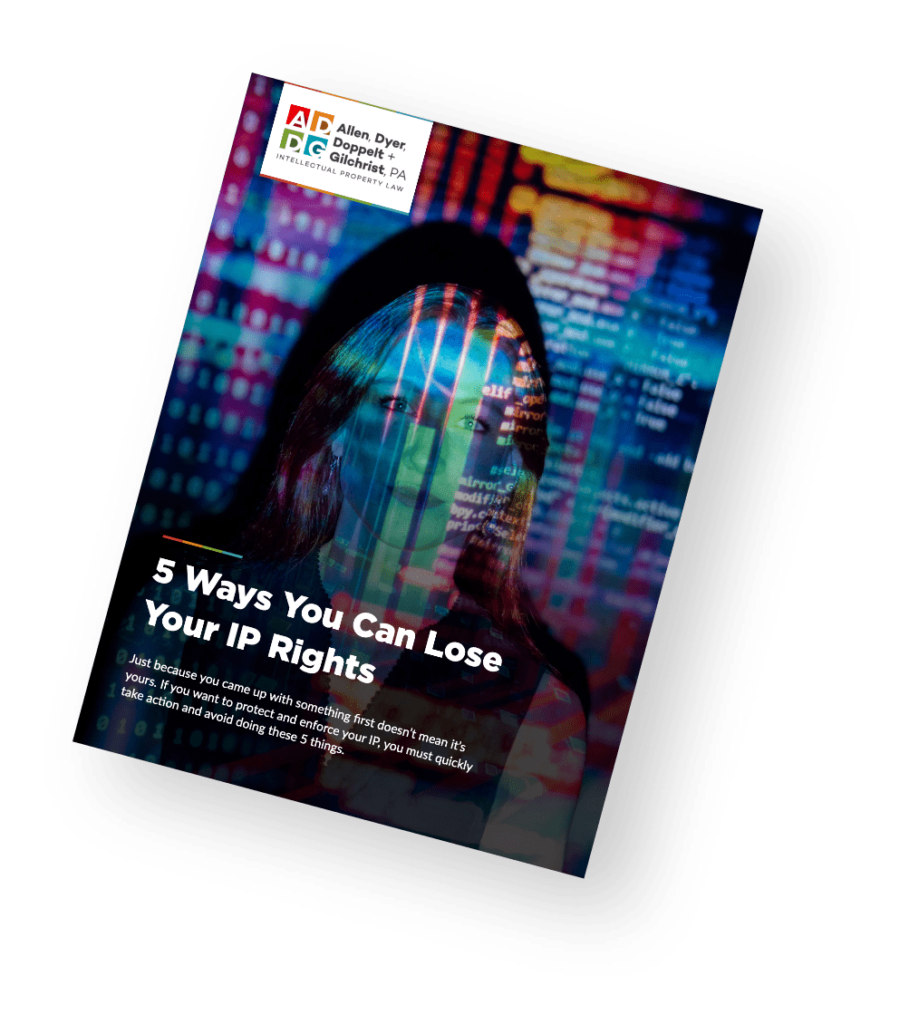Securing rights to patented innovations can give your business a significant competitive advantage in today’s technology-driven marketplace. Whether you’re looking to expand your intellectual property portfolio or leverage existing innovations without developing them in-house, acquiring patent rights from others offers strategic opportunities. However, not all patent acquisitions are created equal. Depending on your business goals, budget, and long-term strategy, different approaches to acquiring patent rights may better serve your needs. Let’s explore the main pathways to acquiring patent rights: outright purchase (assignment) and licensing (both exclusive and non-exclusive).
Understanding Patent Acquisition Methods

Patents are intellectual property assets that grant the holder exclusive rights to make, use, sell, or import a specific invention for a limited time period (e.g., 20 years for utility patents from the filing date). When seeking to acquire these rights from another party, you have several options that vary in terms of control, cost, and complexity.
Patent Assignment: Full Ownership Transfer
Patent assignment involves the complete transfer of ownership from the current patent holder to you. This transaction is analogous to purchasing real estate—once completed, you become the new owner with all associated rights and responsibilities.
Key Benefits of Patent Assignment:
- Complete control: As the new owner, you gain exclusive rights to use, manufacture, sell, or license the patented invention without restrictions from the original owner.
- Revenue potential: You can generate income by licensing the patent to others while retaining ownership.
- Portfolio strengthening: Owning patents outright can enhance your company’s valuation and attract investors.
- Defensive advantages: Ownership provides leverage against competitors and protection from infringement claims.
Potential Drawbacks:
- Higher upfront cost: Purchasing a patent outright typically requires significant capital investment.
- Maintenance responsibilities: You become responsible for paying all maintenance fees to keep the patent active.
- Risk of obsolescence: Technology may evolve, potentially reducing the patent’s long-term value.
Patent Licensing: Limited Rights Acquisition
Licensing represents an alternative to full ownership, allowing you to use the patented technology under specific terms while the licensor retains ultimate ownership.
Exclusive Licensing
An exclusive license grants a licensee the sole right to use the patented invention, potentially excluding even the patent owner from practicing the invention.
Advantages of Exclusive Licensing:
- Market exclusivity: Prevents competitors from accessing the same technology.
- Lower upfront costs: Typically less expensive than purchasing the patent outright.
- Risk sharing: Financial risk is shared with the patent owner.
- Potential territorial rights: Can be tailored to specific geographic regions.
Considerations:
- Ongoing payments: Usually involves royalty payments or other recurring fees.
- Term limitations: Rights are granted for a specified period rather than the full patent term.
- Restrictive terms: May include performance requirements or field-of-use limitations.
Non-Exclusive Licensing
A non-exclusive license permits you to use the patented technology while allowing the owner to grant similar licenses to others, including your competitors.
Benefits of Non-Exclusive Licensing:
- Cost efficiency: Typically the least expensive option for acquiring patent rights.
- Flexibility: May involve fewer restrictions on how you can use the technology.
- Access to improvements: May include rights to future improvements on the patented technology.
- Quick implementation: Can be faster to negotiate than exclusive arrangements.
Limitations:
- No competitive advantage: Competitors may access the same technology.
- Less control: Limited ability to direct how the technology develops.
- Value constraints: May contribute less to company valuation than exclusive rights.
Choosing the Right Acquisition Strategy
The optimal strategy depends on your specific business needs. For example:
- Patent assignment may be appropriate when you need complete control over the technology, plan to enforce the patent against competitors, or wish to build a strong IP portfolio.
- Exclusive licensing may be appropriate when you need market exclusivity but have budget constraints, or when you want to test a technology before committing to purchase.
- Non-exclusive licensing may be appropriate when the technology is supplementary to your core business, cost is a primary concern, or when the technology is already widely adopted in your industry.
Executing Your Patent Acquisition Strategy
Regardless of which approach you choose, several key steps remain consistent:
- Conduct comprehensive due diligence: Verify the patent’s validity, claims scope, and remaining lifespan.
- Evaluate potential encumbrances: Check for existing licenses, litigation, or other limitations.
- Assess commercial relevance: Determine if the technology aligns with your business objectives and market conditions.
- Negotiate favorable terms: Develop clear agreements that address payment structures, rights limitations, and dispute resolution.
- Formalize the transaction: For assignments, record the transfer with the USPTO in a timely fashion.
Navigating the Complexities with Expert Guidance
Patent transactions involve intricate legal and business considerations that can significantly impact your company’s future. Whether you’re pursuing full ownership through assignment or strategic access through licensing, expert legal guidance is essential to protect your interests and maximize value.
An experienced patent attorney can help you:
- Evaluate the strength and value of the patent assets
- Identify potential legal risks before committing resources
- Negotiate terms that align with your business objectives
- Structure agreements to protect your interests
Schedule a Consultation With an Experienced Patent Attorney
Acquiring patent rights—whether through assignment or licensing—represents a significant strategic decision for your business. At ADD+G, our intellectual property attorneys bring decades of experience helping clients navigate these complex transactions.
We’ll work closely with you to understand your business goals, evaluate potential patent acquisitions, and develop a customized strategy that maximizes value while minimizing risk. Contact us today to schedule a consultation and take the first step toward strengthening your intellectual property position through strategic patent acquisition.
About the Authors
John Woodson is a Registered Patent Attorney who practices in the area of patent prosecution, patent infringement studies and client counseling. His patent prosecution experience includes electrical and electronic equipment, telecommunications equipment, laser and optical devices, semiconductor devices, semiconductor processing, hydrocarbon recovery and well logging, mechanical devices, medical devices, and software and Internet related inventions. Mr. Woodson also has extensive experience prosecuting foreign-originated patent applications, and instructing foreign associates on prosecution of U.S. originated patent applications.

Share This



